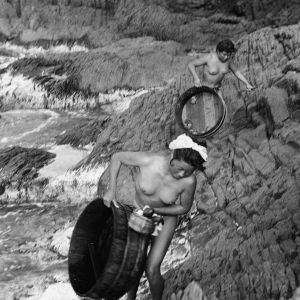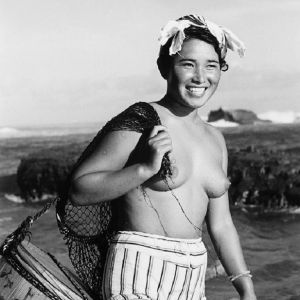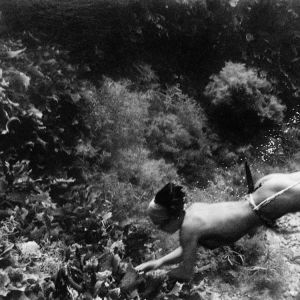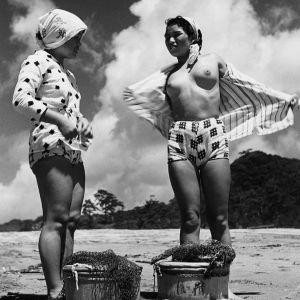HELENEUM – LUGANO
On the island of Hèkura, off the central-western coast of Japan, fishing for awabi (molluscs) was a task reserved for women, who practised free-diving along the island’s seabed, in some cases as deep as twenty metres. In the famous photo shoot by Fosco Maraini in July 1954, the Ama are portrayed in their natural environment: among the rocks, on the boats that took them out to sea and underwater. The sunny and disillusioned vision of what appeared to Western eyes as the erotic charm of the women of Hèkura is combined with the narration through stills of an everyday life marked by a deep relationship of culture with its environment. In order to produce the photographic reportage in black and white and in colour, Maraini specially had a watertight stainless-steel box built for the film camera, and one for the photo camera, so that he could venture along the seabed following the Ama. The reportage is of the highest documentary depth and portrays a world now completely compromised by the globalising process at work. The photos taken by Maraini in Hèkura were partly published in the volume “Hekura. The Diving Girl’s Island” in 1962, but had never been the subject of a solo exhibition. Of the 30 black-and-white photographs that make up the exhibition, most were shown to the public for the first time at the Lugano exhibition. The entire project was organised in collaboration with the Gabinetto scientifico e letterario G. P. Vieusseux in Firenze.
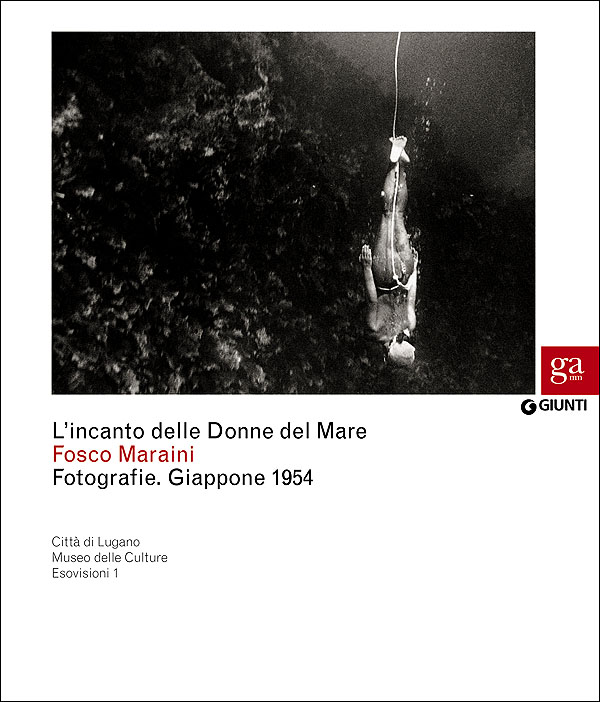
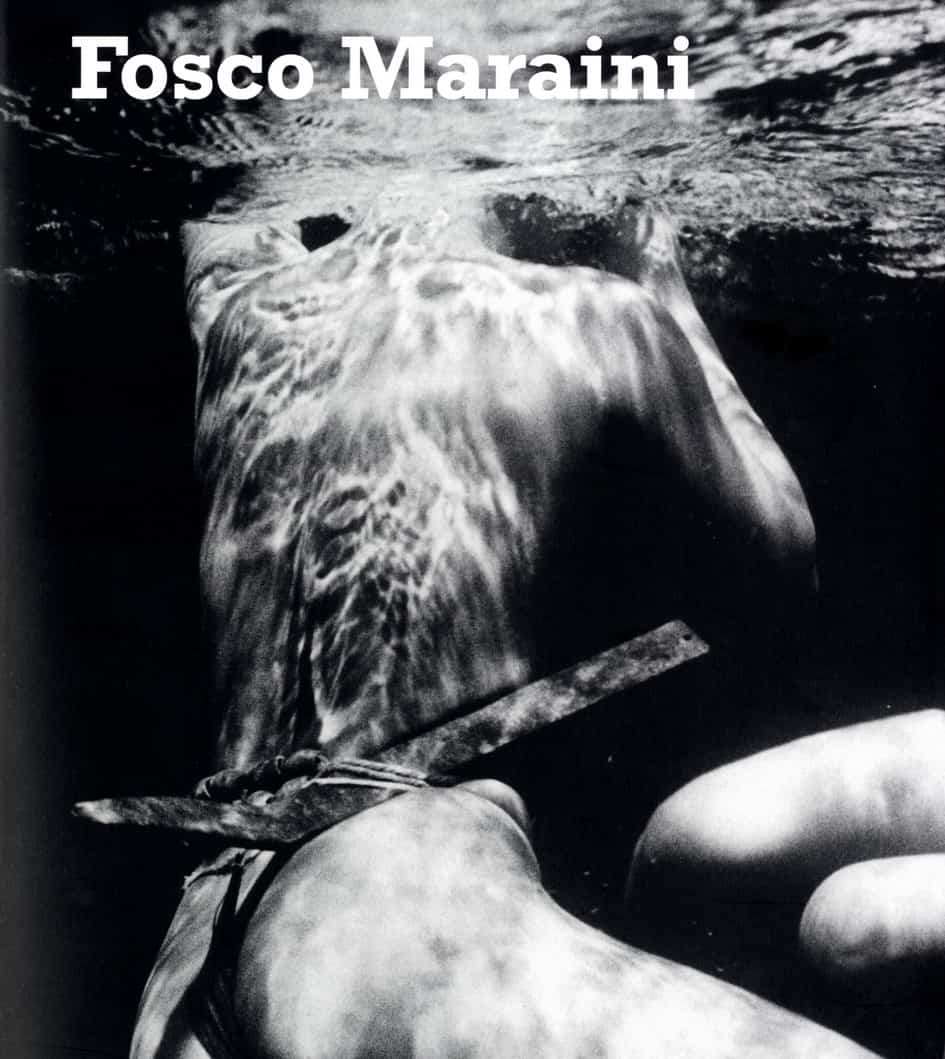
In the course of his life, Fosco Maraini (1912-2004) pursued at least five different fields: anthropology, oriental studies (he obtained the chair of Japanese Language and Literature at the University of Firenze), mountaineering, literature (which he practised with a very loose vein and international success) and lastly the photography of cultures and landscapes. Always with a light-hearted gaze, like the Citizen of the Moon on an Educational Visit to Earth, the Citluvit he theorised, who silently observes and records everything, who becomes passionate, to the point of falling in love, with the object of his study, but who remains detached from things because “understanding is the ultimate goal of the whole operation”.
Reiterations:
• 20 April – 19 May 2007, Istituto Svizzero di Roma
• 1 – 12 November 2007, Visionario – Visual Arts Centre, Udine
• 1 – 30 April 2012, Palazzo Medici Riccardi, Firenze
• 7 April – 27 June 2012, Palazzo Chigi Zondadari, San Quirico d’Orcia
• 7 October 2012 – 6 January 2013, Palazzo delle Paure, Lecco
• 21 June – 28 September 2014, Museum of Oriental Art, Torino.
• Kyoto, Kyotographie festival, 18.04 – 10.05.2015
• Tokyo, Italian Institute of Culture, 16.06 – 30.06.2015
«Esovisioni» is a cycle dedicated to the peculiarities and paths of the vision of cultures through the photographic lens. The working hypothesis is that the photographer, taking the exhibition’s exotic image as a pretext has, consciously or unconsciously, returned his own inner vision, enriching the collective imagination with artful images and stereotypes of different cultural realities.


